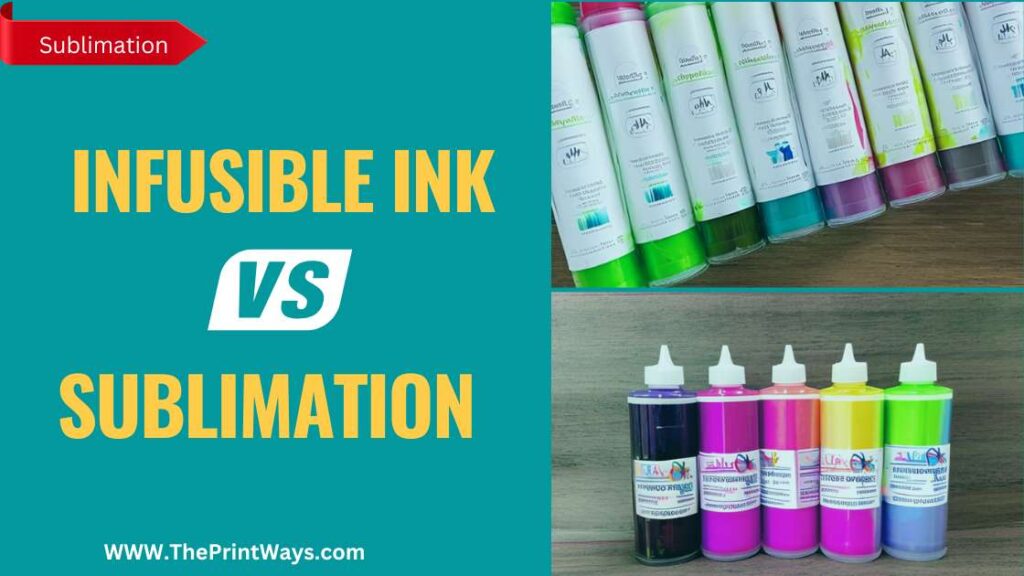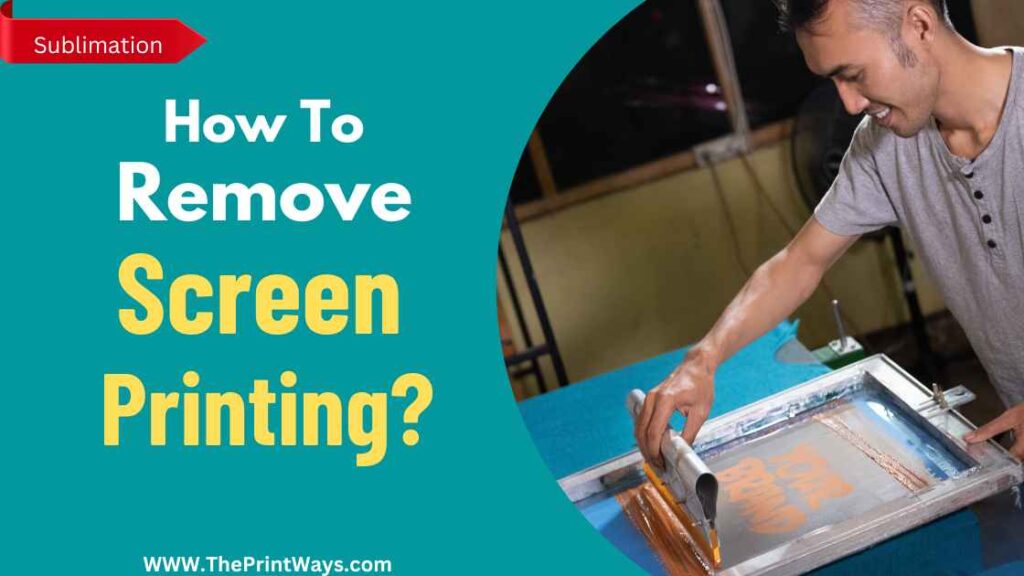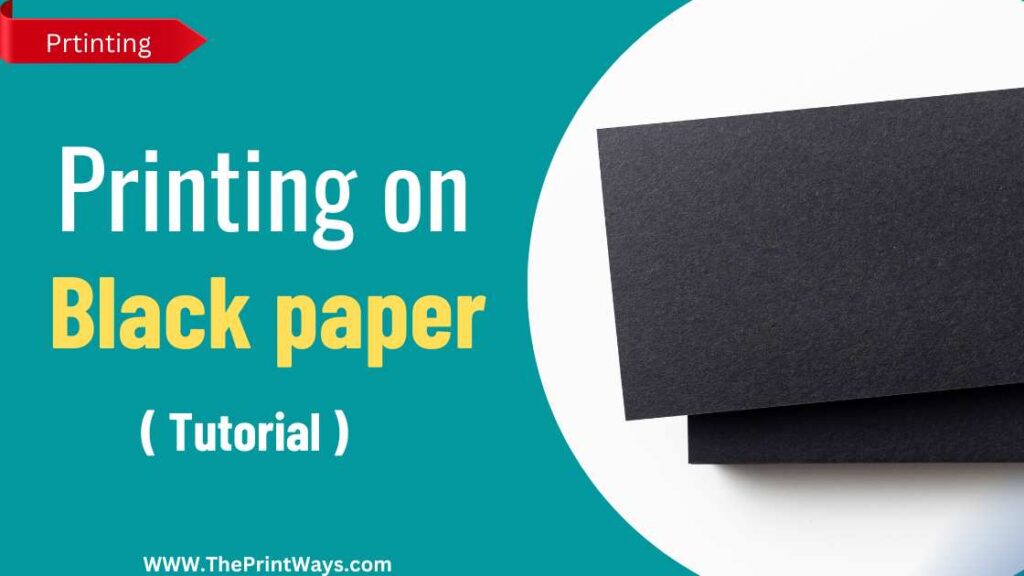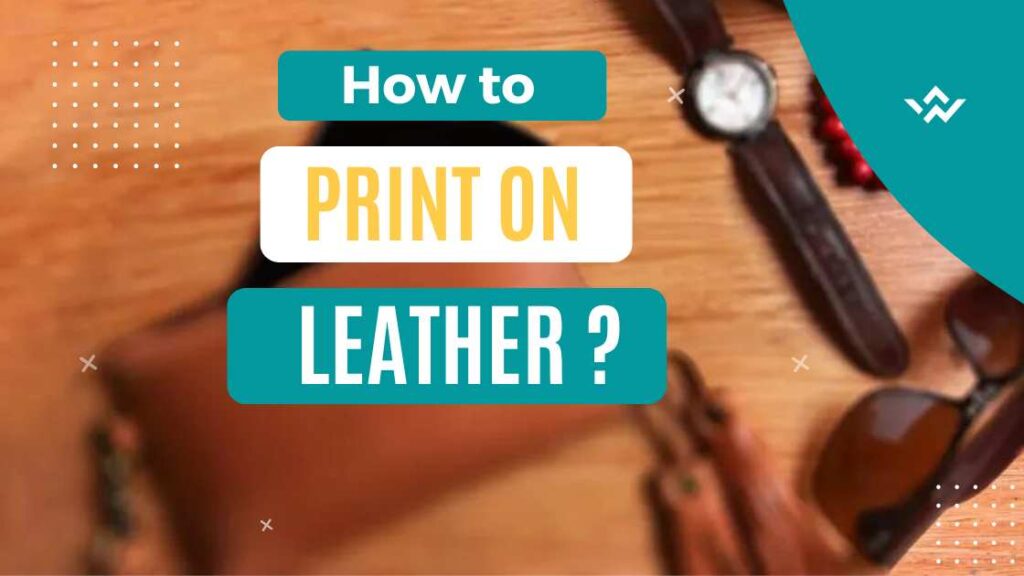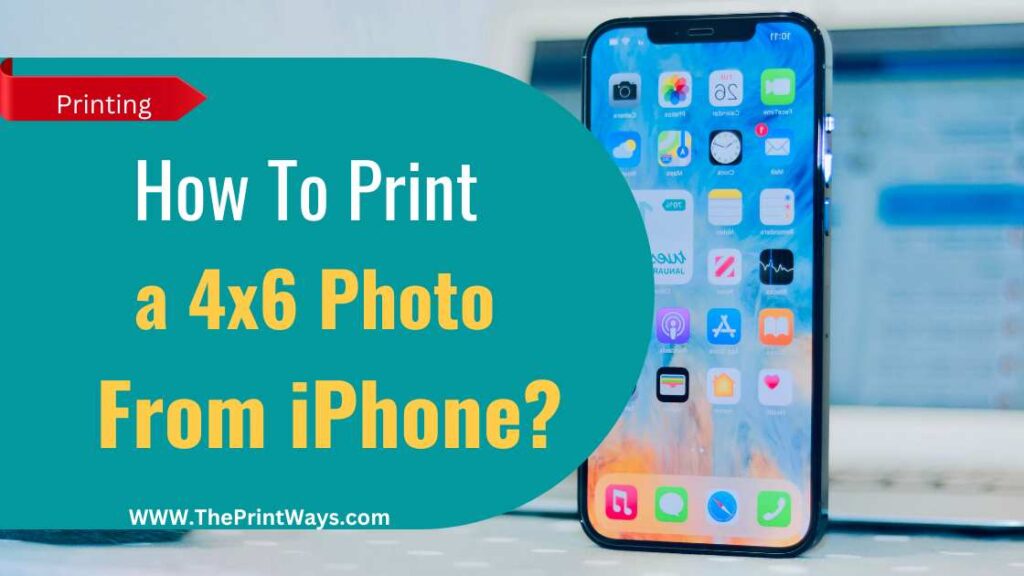You have probably heard of infusible ink and sublimation if you are a crafter or enjoy customizing items. Both methods can transfer artwork to functional items like mugs, coasters, and t-shirts. However, there is a lot of ambiguity about infusible ink Vs sublimation. Many people don’t know which is best for their projects.
We will discuss the benefits and drawbacks of both infusible ink and sublimation. We’ll talk about the key distinctions between the two methods and how to determine which is ideal for your situation. How about we jump in?
Infusible Ink (Cricut): What Is It and How Does It Work?
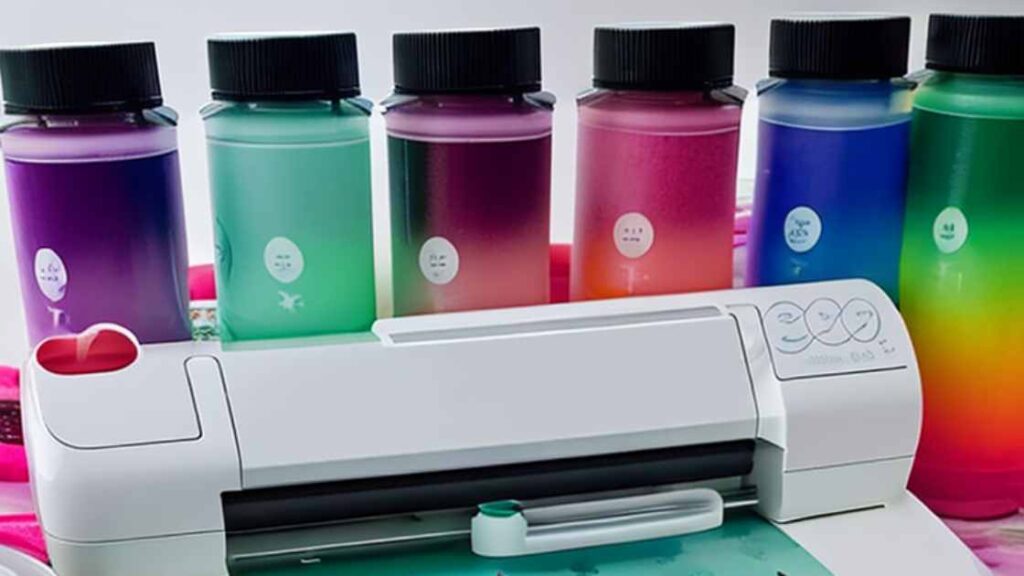
Cricut is a well-known manufacturer of cutting machines and accessories, and their infusible ink technology is relatively new. You can use heat and pressure to transfer designs printed with infusible ink onto other materials.
Fusion between the ink and the substrate ensures a long-lasting, high-quality transfer, unlike conventional heat transfer vinyl (HTV), which merely adheres to the surface.
Various Cricut cutting machines, including the Cricut Maker and the Cricut Explore Air 2, are compatible with infusible ink, which comes in sheet form and pens. Infusible ink requires Cricut Design Space for design creation, a cutting machine for cutting out the design, and heat and pressure to transfer the design to the material.
Related Post: Pigment Ink Vs Sublimation Ink : What is the difference ?
Polyester tees, coasters, and tote bags are ideal substrates for infusible ink printing. Because of the high temperatures in the transfer process, the ink sublimates or changes the phase between a solid and a gas and then returns to a solid, permanently bonding itself to the substrate. The resulting bright pattern will not peel or crack in the sun.
Pros of Infusible Ink:
- Infusible ink allows for long-lasting, colorful, and top-notch transfers. The ink chemically bonds to the substrate, making a finish that won’t fade or peel.
- For those with experience with Cricut cutting machines and the online Design Space program, infusible ink will feel like second nature.
- Small projects like personalized coasters or t-shirts benefit greatly from infusible ink.
Cons of Infusible Ink:
- You may be limited in your material options because infusible ink can only be used on polyester-based materials.
- If you use Cricut-branded products, infusible ink will cost you more than regular HTV or sublimation.
Sublimation: What Is It and How Does It Work?
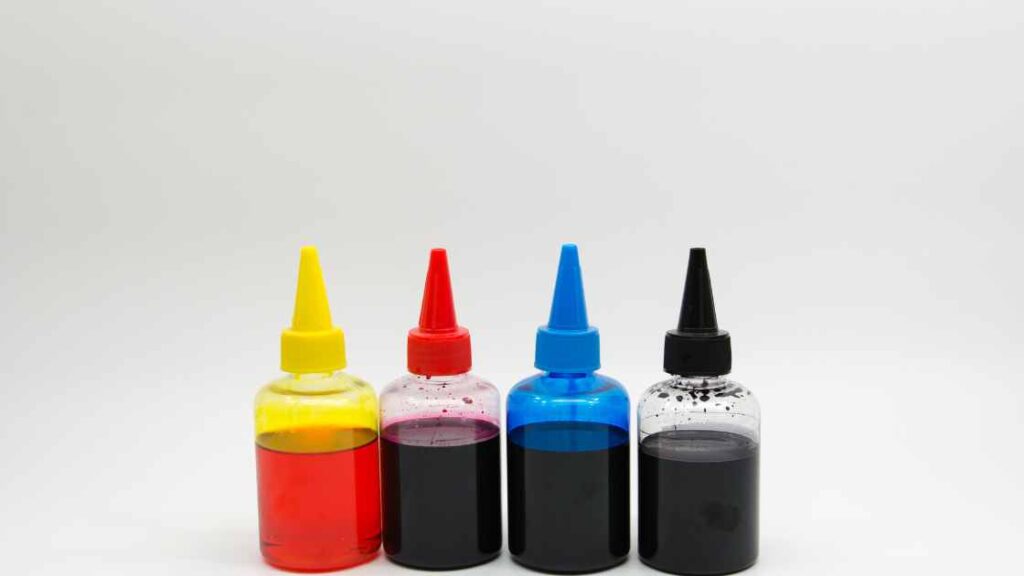
Sublimation is a tried-and-true method that’s been employed by printers for decades. Sublimation is a heat and pressure transfer method that uses dye instead of ink to create a new color in the target material. The dye is vaporized, then bonded to the substrate for a long-lasting, high-quality transfer.
Various substrates, from polyester to ceramic and metal, are suitable for sublimation processes. Sublimation requires a special printer, ink, sublimation paper, and a heat press or oven.
Also Read : Can you Sublimation ink for Regular printing ?
Use your sublimation printer to get your design onto some sublimation paper. The pattern is then transferred onto the material by applying heat and pressure. Because of the high temperature, the dye sublimates and becomes inextricably entwined with the substance.
Pros of Sublimation:
- Sublimation can be used on many substrates, from polyester to ceramic to metal. You now have more flexibility in your project planning.
- Sublimation can be less expensive than other processes when producing many items, such as for a business or event.
- Sublimation transfers are lauded for their brilliant hues and professional sheen. The design won’t peel or crack because the dye bonds with the material.
Cons of Sublimation:
- Sublimation is a printing process that calls for specialized printers, ink, paper, and a heat press or oven. When you’re just getting started, this can be quite pricey.
- Sublimation can only be used on polyester-based or polymer-coated materials, limiting its applicability. That could mean having fewer physical choices available to you.
- If you’re making many products, sublimation may not be the best option. The time it takes to print, transfer, and press can add up.
(Cricut) Infusible Ink vs Sublimation: Which One is Better for Your Projects?
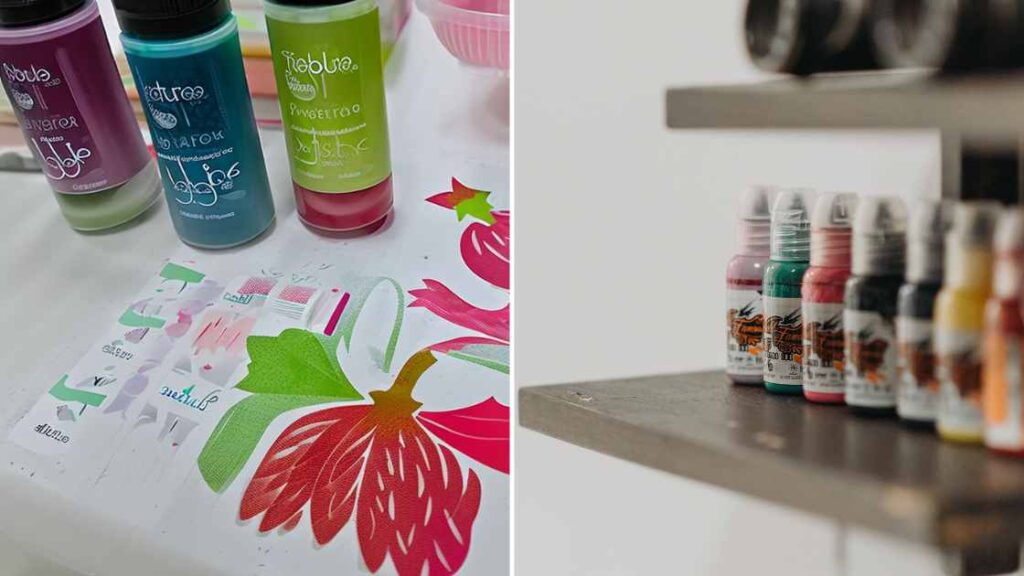
After reading about the benefits and drawbacks of infusible ink and sublimation, you may wonder which method is ideal for your projects. Take into account the following:
Material
However, infusible ink may not be viable if you plan on printing on non-polyester substrates, such as cotton t-shirts or wooden coasters. However, sublimation can be used on many different materials, not just ceramic and metal.
Size of the project
Sublimation may be more cost-effective than infusible ink if you plan to produce many items. On the other hand, infusible ink may be more cost-effective if you’re only going to make a small number of products.
Design complexity
Infusible ink excels at straightforward, solid designs, while sublimation excels at intricate images and patterns.
You may find infusible ink easier to work with if you already have a Cricut cutting machine and are familiar with Cricut Design Space.
Also Read : How long does Sublimation ink Last ?
Equipment
Conversely, sublimation could be preferable if you don’t already have the necessary equipment and aren’t opposed to spending money on new tools.
It’s up to you to decide between infusible ink and sublimation based on your preferences and requirements. However, both methods have benefits and drawbacks, even though they both can produce high-quality transfers. Materials, scale, and design complexity are all factors to consider before settling on a course of action.
Frequently Asked Questions
Q: Is infusible ink the same as sublimation?
Not at all; sublimation and infusible ink are two entirely different processes. Unlike sublimation, which uses dye and heat to bond the design to various materials, infusible ink uses a special ink that turns into a gas when heated and then infuses it into polyester-based materials.
Q: What is Cricut sublimation?
When referring to Cricut sublimation, we mean making designs on a Cricut cutting machine with the help of Cricut Design Space software, printing those designs onto sublimation paper, and then transferring them to various substrates with a heat press or sublimation oven.
Q: Do you need a Cricut for sublimation?
A Cricut cutting machine is unnecessary for sublimation. But suppose you already have a Cricut and are comfortable with Cricut Design Space. In that case, it can be a quick and easy way to make designs for printing on sublimation paper. Suppose you don’t have access to a Cricut. In that case, you can still make designs for sublimation using other methods, such as graphic design software or pre-made templates.
Conclusion
Transferring designs onto materials with infusible ink and sublimation are both common practices. Both infusible ink and sublimation use heat and dye to bond the design to various substrates permanently; however, infusible ink is a more recent technology that fuses the ink with polyester-based materials. Both methods have advantages and disadvantages, and ultimately, it will come down to personal preference.

